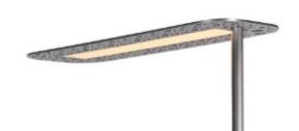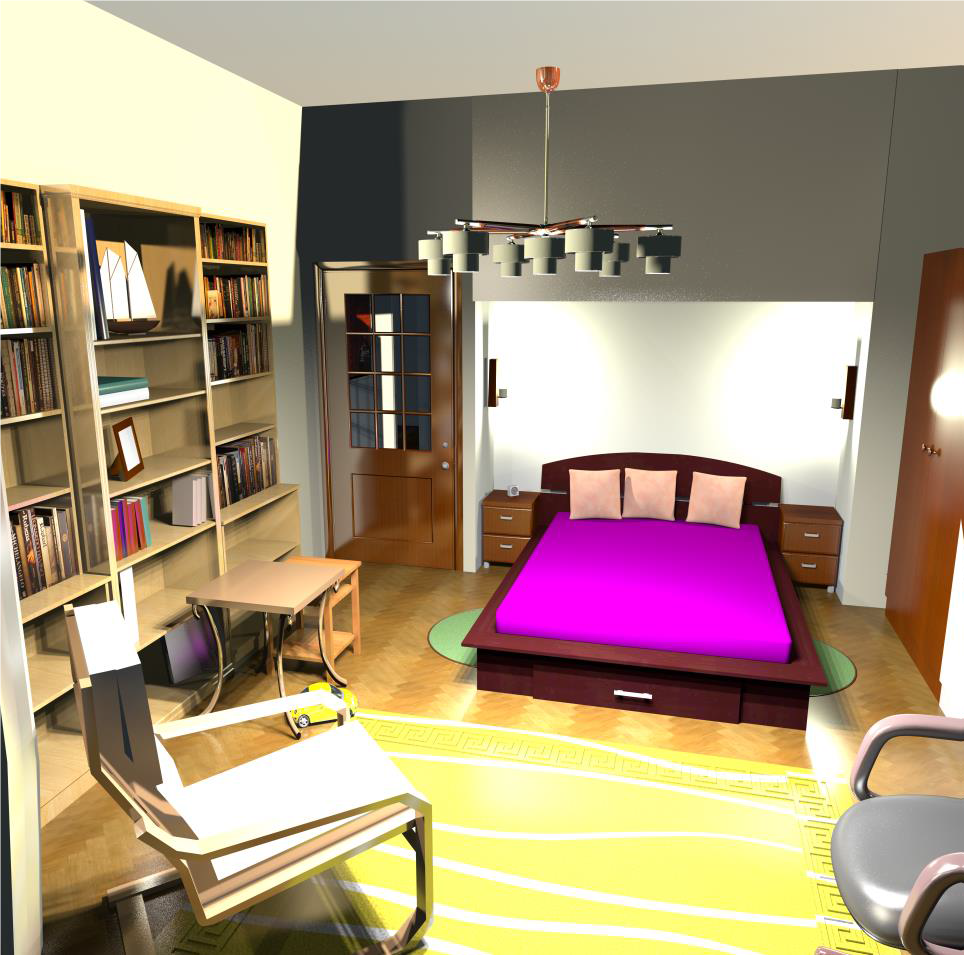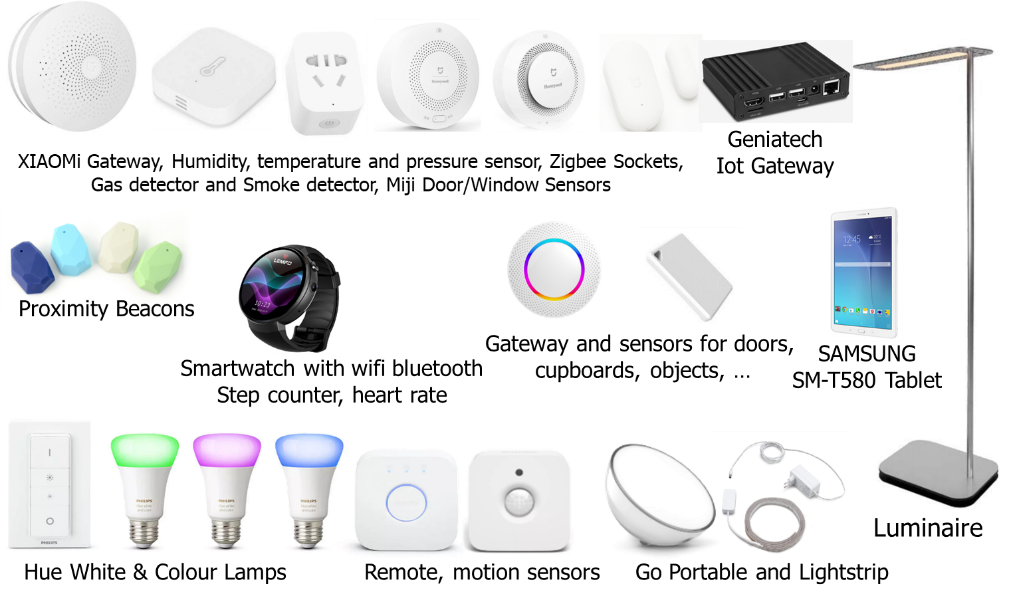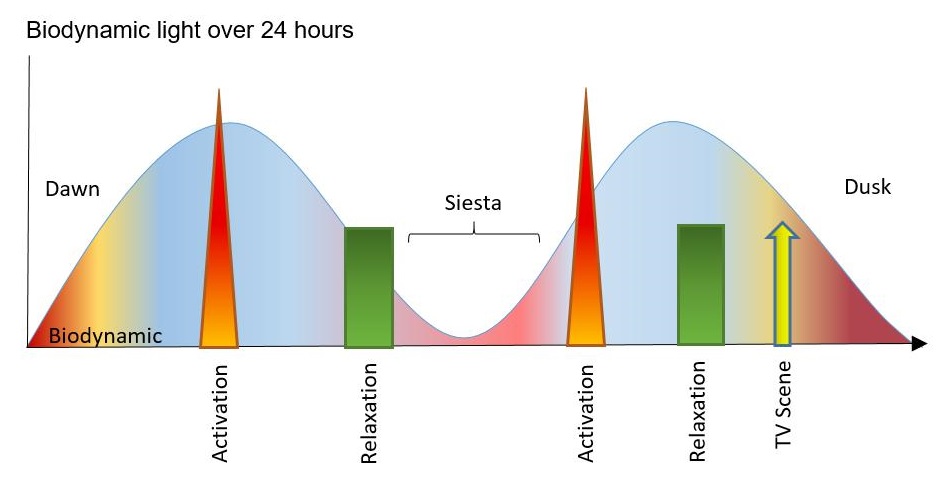-
 Platform
arrow_forward
Platform
arrow_forward
-
 Lighting System
arrow_forward
Lighting System
arrow_forward
Please click on a PETAL technology in order to view more details
PETAL Platform for personalizing remote assistance of older adults with mild cognitive impairments aimed at caregivers without programming knowledge in order to help seniors in their daily activities at home
Using ICT technologies to prolong the time elderly people can live independently in their preferred environments can open up many interesting opportunities. However, there are several barriers and obstacles for actual seniors’ use of existing technologies: older adults are different (e.g. in terms of attitudes towards technology, physical/cognitive limitations, needs, interests); elderly needs are not static, they are likely to evolve over time depending on e.g. evolving health conditions, preferences. Thus, the possibility of personalizing the ICT-based support is a fundamental challenge.In the AAL PETAL project we are developing a platform for personalizing remote assistance of older adults with Mild Cognitive Impairments, with particular attention to the support of lighting systems in order to provide orientation over time and in space. This category of users suffers from cognitive issues, such as the tendency to forget tasks/events and/or other issues such as cardiovascular issues, reduced sight, irregular eating habits, often associated with increased risk of social isolation and depression.
The platform aims to support monitoring user’s environment and behaviour, as well as personalizing applications and controlling devices to better support seniors in their daily living. Thus, it exploits smart objects such as lights to support the elderly in terms of activation or relaxation stimuli, generation of alerts and reminders for physical and social activities, orientation over time and space, and sleep quality. The caregivers and older adults can set the functionalities of the technological support to control lights and other digital devices when relevant events occur. In this way it is possible to obtain personalized control of lights and other digital appliances, personalized warning messages issued in risky situations, and persuasive messages to stimulate the elderly in healthier habits (e.g. doing more physical activity). The possible personalizations are expressed in terms of simple trigger-action rules. Triggers represent situations/events that caregivers could be interested to know regarding the elderly: e.g. health/cognitive/emotional status, cognitive/physical/social activity, especially when they are away from them (remote monitoring). The information associated with triggers is derived by various sensors (e.g. motion, proximity, lights, noise, respiration, heart). Actions represent what the technological equipment at elderly’s disposal at home could do: control appliances (e.g. switch on/off lights, close/open doors, play tv/radio), send reminders, send alarms, provide info about their needs. Examples of personalized rules that can be obtained with this approach are:
- When the user leaves the house and it's going to rain remind her to take the umbrella with a message on the phone.
- Send a message to the caregiver when the user leaves home during the night.
- When caregiver sends a message "where?" answer automatically with user location.
- If the user has not done the planned cognitive exercises blink the light to remind him to continue this activity.
- If the user is close to the living room and time is 4 p.m. turn on the TV.

We have organized trials in homes with older adults with mild cognitive impairments distributed across various European countries (Figure 1 shows one home involved in the trials).

Figure 2 shows the types of sensors, objects, and devices we use in such trials. Each user has a tablet, and a smartwatch. We have selected a smartwatch that, in addition to detecting physiological parameters such as heart rate and step counter, is able to connect and communicate at the same time through Bluetooth and Wi-Fi. This is exploited to obtain indoor positioning with the support of proximity beacons. In terms of light we use the GREAT luminaire (designed by Bartenbach, a company involved in the PETAL project), which aims to provide health stimulating, biorhythm-stabilizing, high-quality light for high visual demands and creates an activating or calming room ambiance with different light scenes. The extremely high light intensity (1000 lx at the eye level) of the GREAT luminaire leads to effects comparable with classic light therapy within 5 hours of use. It compensates missing daylight and provides distributed light within a whole room of about 16 m2. In addition, we use various types of Philips Hue lights to support similar effects in other parts of the home. Further sensors used are able to detect gas, smoke, humidity, use of objects, whether windows or doors are open and so on. The platform is also connected with an app developed by Ideable (a Spanish company involved in the PETAL project), which supports serious games for cognitive stimulation in order to allows caregivers to define rules depending on the cognitive and emotional state or depending on the training results. Such technological setting is exploited through an instance of a personalization platform that includes a middleware (context manager) able to gather raw information from the various sensors and convert it in data that can be analysed in terms of logical events and conditions. In this way when the personalization rules are created by the older adults or their formal or informal caregivers it is possible to detect dynamically when they should be triggered and the consequent actions performed.
PETAL Lighting System: The luminaire and its health effects
The core of our PETAL project is the PETAL platform. This platform does not only monitor the specific environment (e.g. light intensity) but also allows personalized controlling of various applications and devices. Through the Personalisation Rule Editor elder people and caregivers are able to choose specific outcomes – e.g. the functionalities of the PETAL Lighting System which consists of various components. One of them is the luminaire which was developed by our partners in another AAL project (GREAT). The luminaire provides a biodynamic lighting curve with changing light inten-sity (high or low intensity) and colour temperature (warm white or cold white) over 24 hours.
By simply switching on the luminaire, the biodynamic curve starts in the morning with a dawn simulation, which means that the light level and the colour temperature slowly increases to wake up a person smoothly. This inhibits sleep inertia symptoms and activates for the upcoming day. High light levels and cold white light then activate a person until the midday siesta. During the siesta, lower light levels and warm white light offers a perfect relaxing ambiance to recover for the rest of the day. In the early afternoon the light levels and the colour temperature increase again to activate a person until the dusk simulation starts. The dusk simulation enables a smooth transition to a relaxing evening and a good sleep. If the light is turned on during the night, a low light level and very warm white light will be provided, which is important to avoid the suppression of the sleep hormone mela-tonin.
The luminaire also provides two scenes to immediately intervene with light. You can choose between an “activating” and a “relaxing” light scene that overwrites the biodynamic curve for a specif-ic time before the biodynamic curve goes on again.
The two components of the luminaire are shown in the following schematic representation. The biodynamic light will be a fixed curve whereas light interventions (activation, relaxation, TV scene) will be adjustable in a timely flexible manner (during a specific time span).

Our luminaire system is expected to effect the individual health in a number of different ways:
- Activating light scene immediately stimulates humans’ physiology and prevents from daytime sleepiness so they feel more active and powerful.
- Relaxing light scene immediately creates a calming ambiance and leads to a better recovery.
- Dusk-dawn simulations lead to an easier transition from sleep to wake state and vice versa.
- Long-term stabilization of the sleep-wake cycle leads to a better sleep quality and health.
- The warm white light during the night does not suppress the natural release of the hormone melatonin, which supports sleep and is an anti-oxidant and anti-cancerogenic.